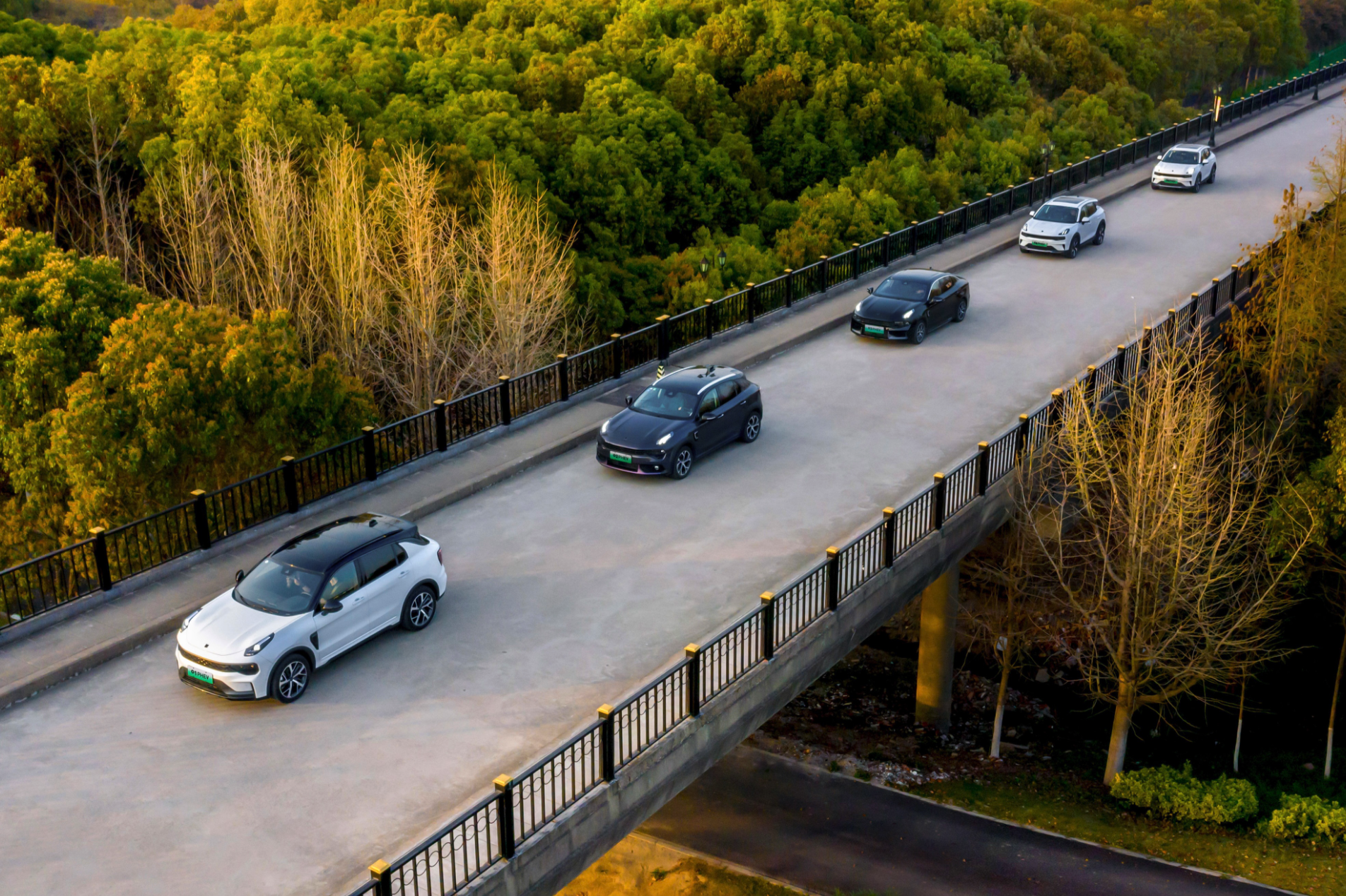In this era of excessive dissemination, I have always had doubts about vehicles that are priced under 300,000 and claim to be “high-end”.
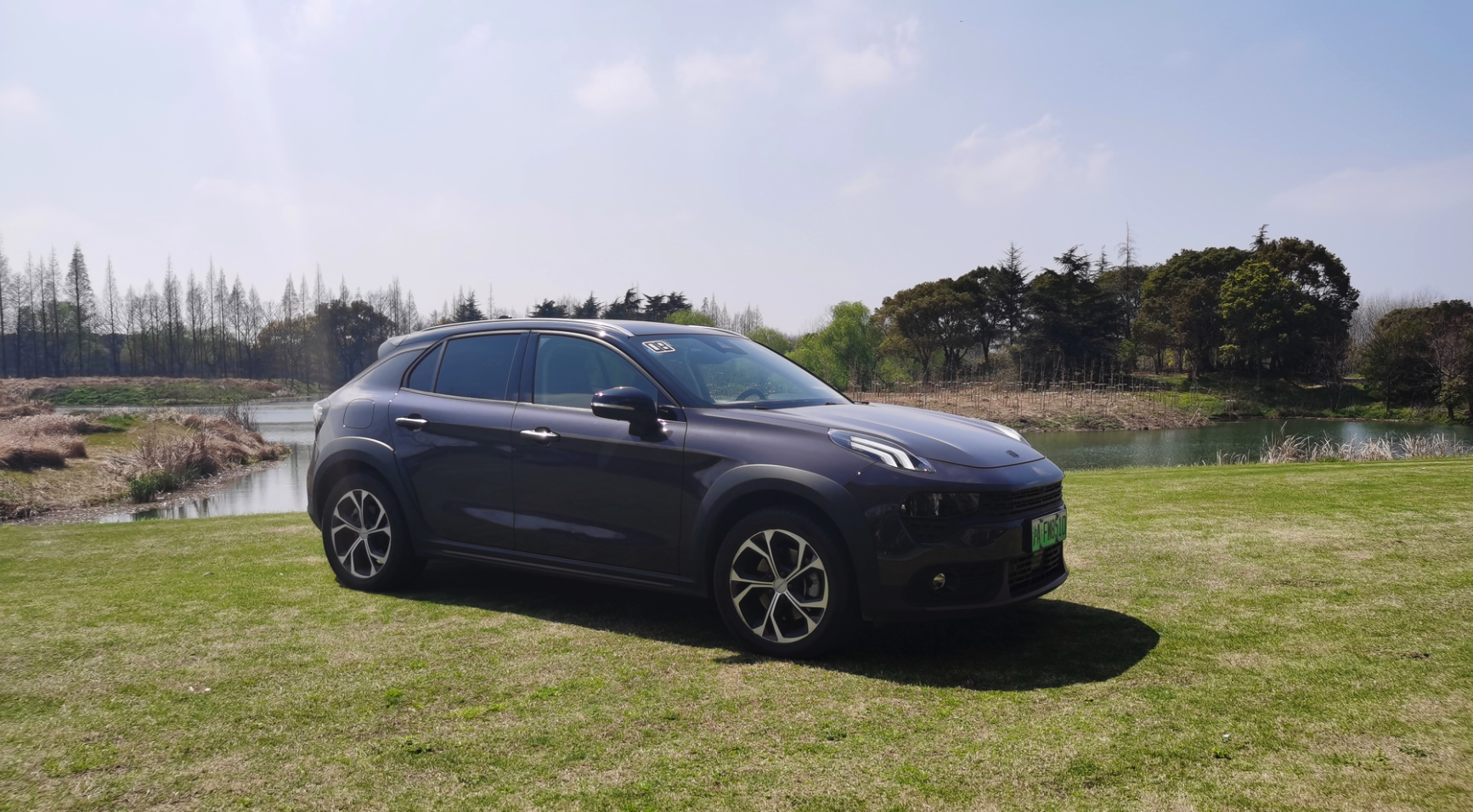
I have driven a PHEV model before, and in a state where the battery was depleted, the driving seat experienced vibrations like a “drum washing machine”, which made me have a “reverence” for PHEV models.
This time, with doubts and reverence, I test drove the Lynk & Co 02 PHEV model.
A slight difference
At first glance, the 4.4-meter-long Lynk & Co 02 PHEV does not leave much to say, but with a 1.89-meter-wide body, it does not look like a car that is only worth tens of thousands of yuan.
When I came to the back of the car, at first, I couldn’t understand why a Miller cycle 1.5T engine needed a single-sided dual exhaust layout. But considering the Audi S3, which has a 2.0T engine with a dual-sided four-out exhaust layout, it became understandable later. Nowadays, the exhaust pipe of a car is not just for “breathing”.
Although I don’t particularly want to say that a 3-cylinder 1.5T engine-powered car has a sporty feel, to be honest, I walked around this car, and at least in terms of styling, it really does look the part.
When I got inside the car, because I had previously test-driven my friend’s Lynk & Co 03+, so I wasn’t too surprised; the overall style of the two cars is quite similar.
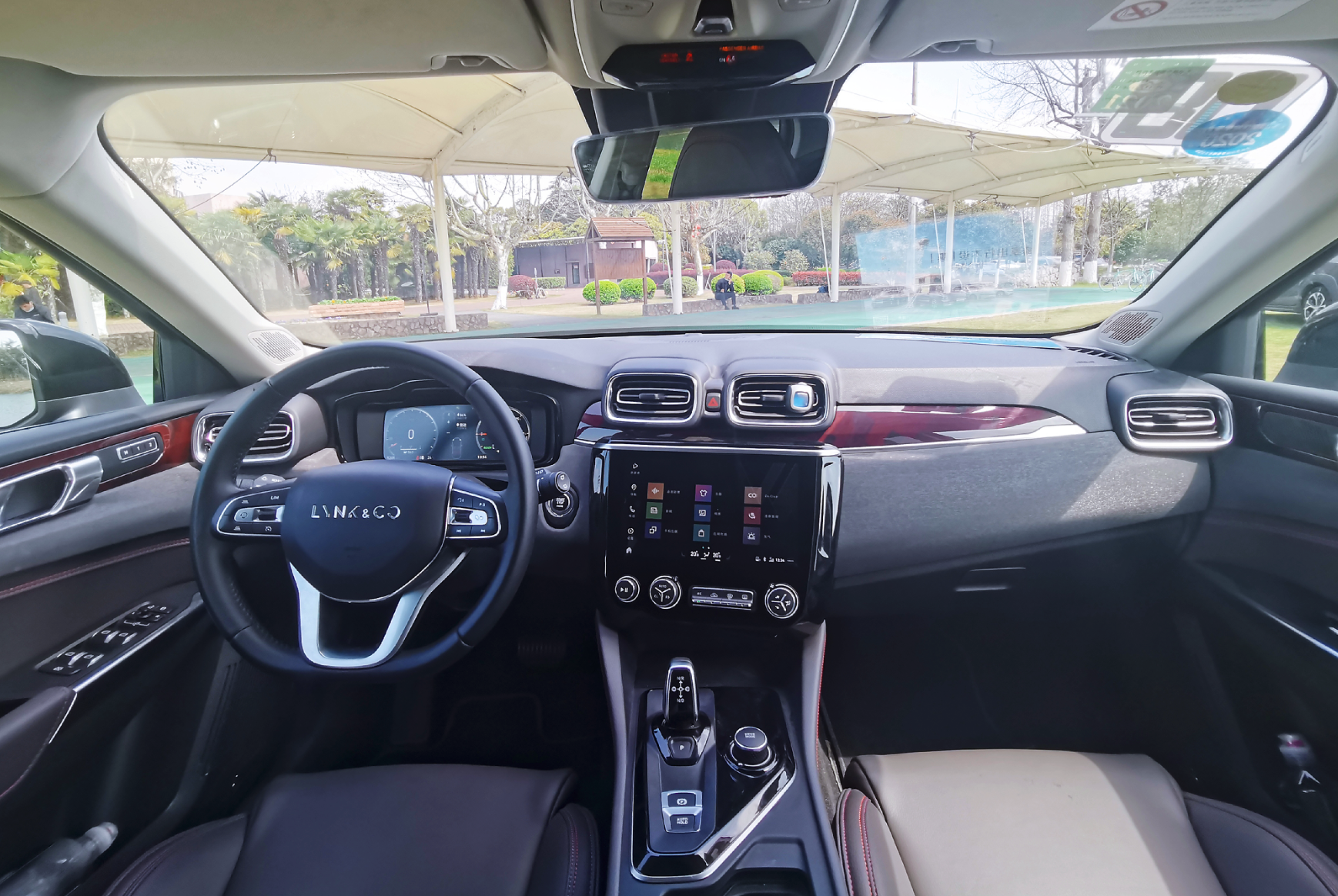
Although the retained electronic handbrake and Auto Hold button make the position of the wireless charging for the phone less convenient.
However, the design, workmanship, and materials used in other parts of the interior can make people feel a sense of luxury; the large areas of leather with stitching, two sets of seat memory for the front seats, 12-way electric adjustment with heating function, 4-way lumbar adjustment, leather steering wheel, excellent grip and exquisite gear lever.
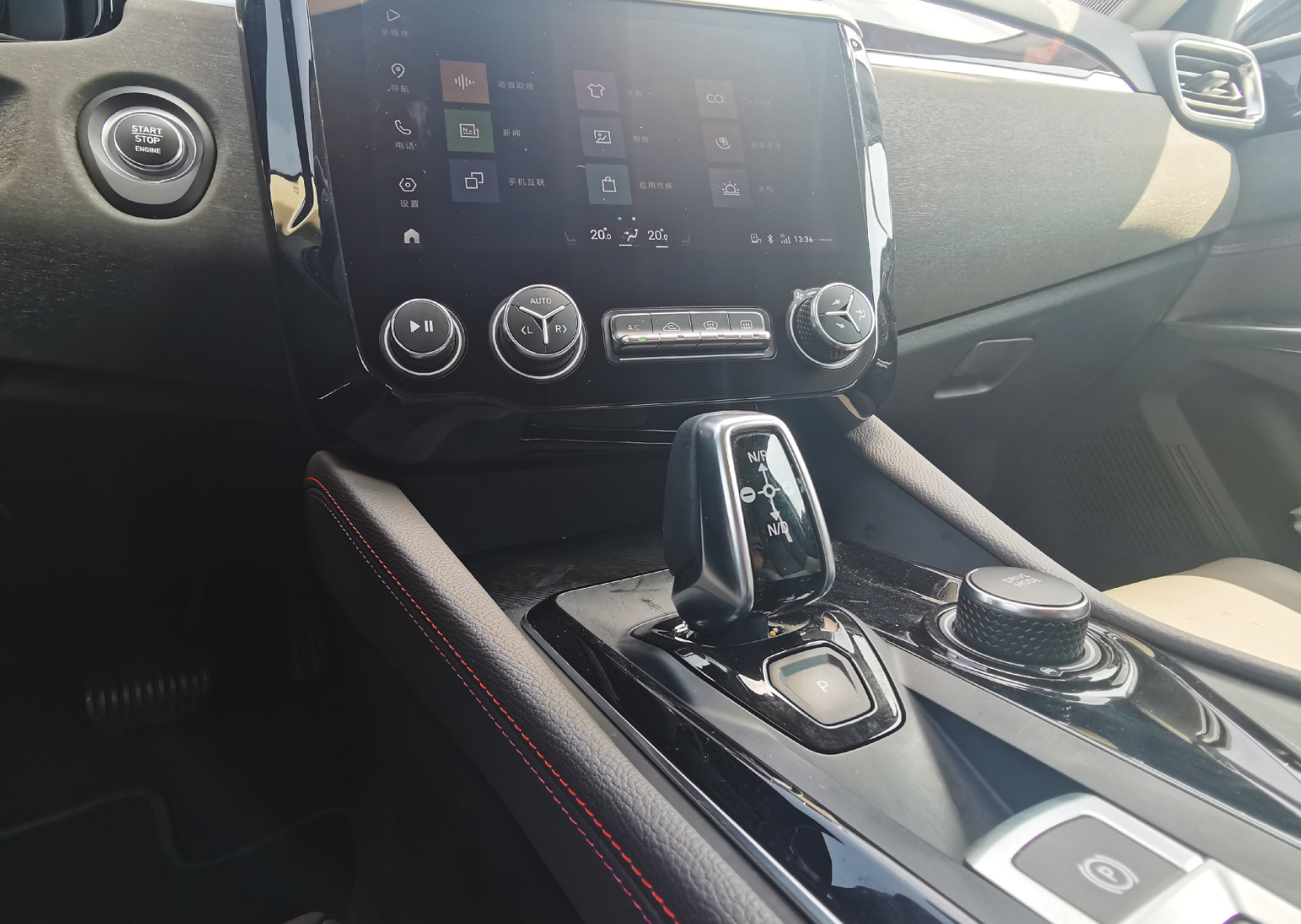
To be frank, I don’t particularly want to use the phrase “class-leading,” but it does give me that exact feeling.
How is it to drive?
Because the last PHEV model I drove had excessive engine vibration, noticeable noise, and poor connectivity between the two types of power, it made me have a considerable resistance to PHEV models.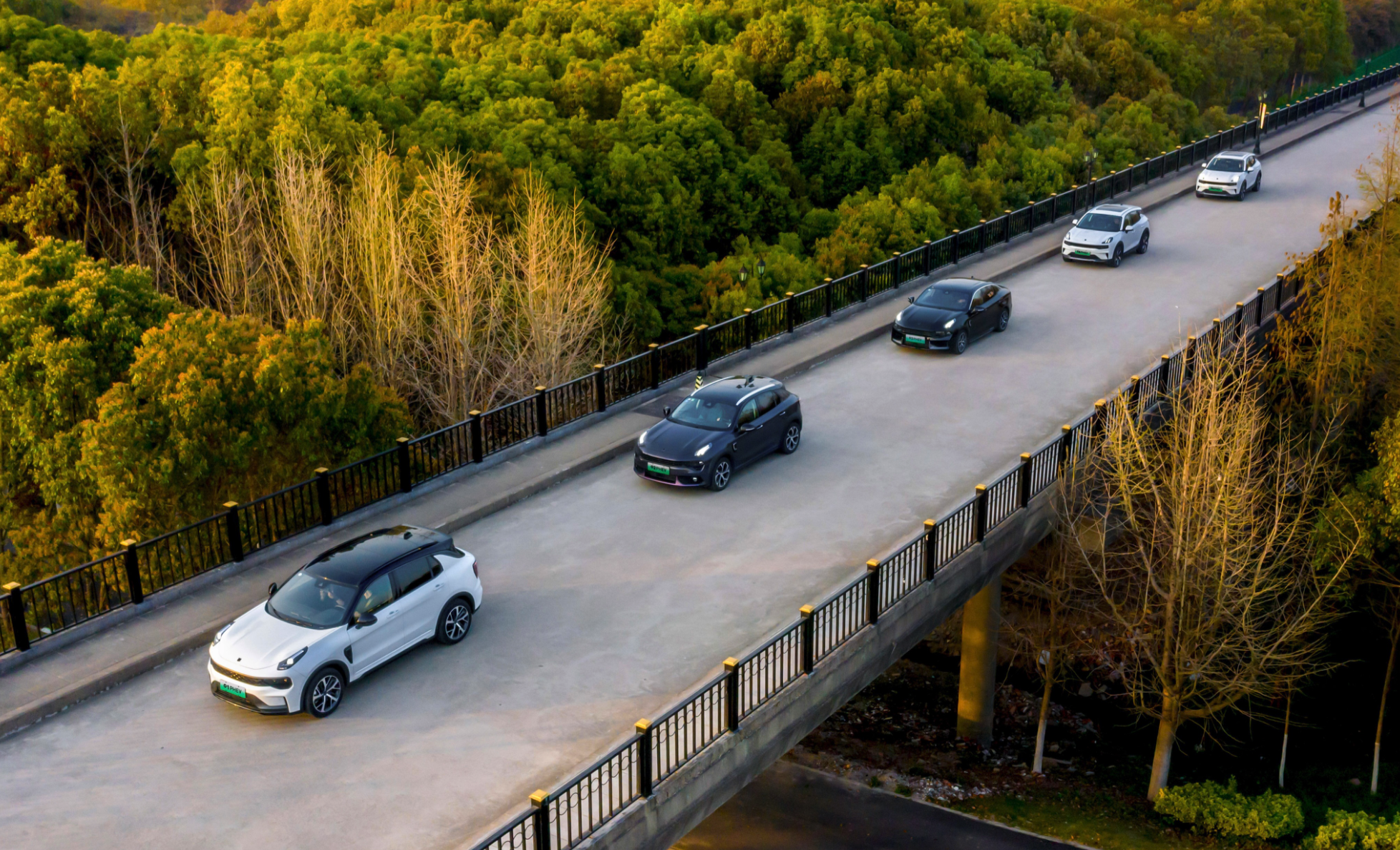
Therefore, before test driving the Lynk & Co 02 PHEV, my initial expectations were not very high. But after the test drive, the actual experience exceeded my expectations. This is thanks to Lynk & Co’s handling of the connection between the two power sources of gasoline and electricity.
The biggest difference between the hybrid system of the Lynk & Co 02 PHEV and other models is that its motor is arranged above the gearbox. The benefit of this is that the motor can be connected to a variable speed shaft of the gearbox through gears. As a result, the motor and gearbox become a single transmission system.
This makes the connection between the motor power and the engine power more seamless. Also, with the use of Siemens’ motor and a wet double-clutch transmission with a maximum efficiency of 97%, the switching between gasoline and electric power becomes more imperceptible.
Therefore, this is one of the few PHEV models I have driven that has a good driving experience.
It is worth noting that the energy recovery of the car is very subtle and cannot be adjusted. This may be partly due to the small size of the battery and limited charging power. On the other hand, PHEVs are more targeted at gasoline car users, which can reduce their adaptation costs and enable them to quickly adapt to the car.
However, for users who are used to driving pure electric cars and adapting to energy recovery, this may not be so comfortable.
In addition, the power battery of the Lynk & Co 02 PHEV is located in the middle of the chassis, which is a commonly used layout method for Volvo. This has both advantages and disadvantages.
Because the battery pack is located in the center of the chassis, the floor of the rear row is raised very high. Due to the high elevation, the manufacturer simply made this area into a rear air conditioning outlet and USB port, which means that only two people can sit in the rear row.
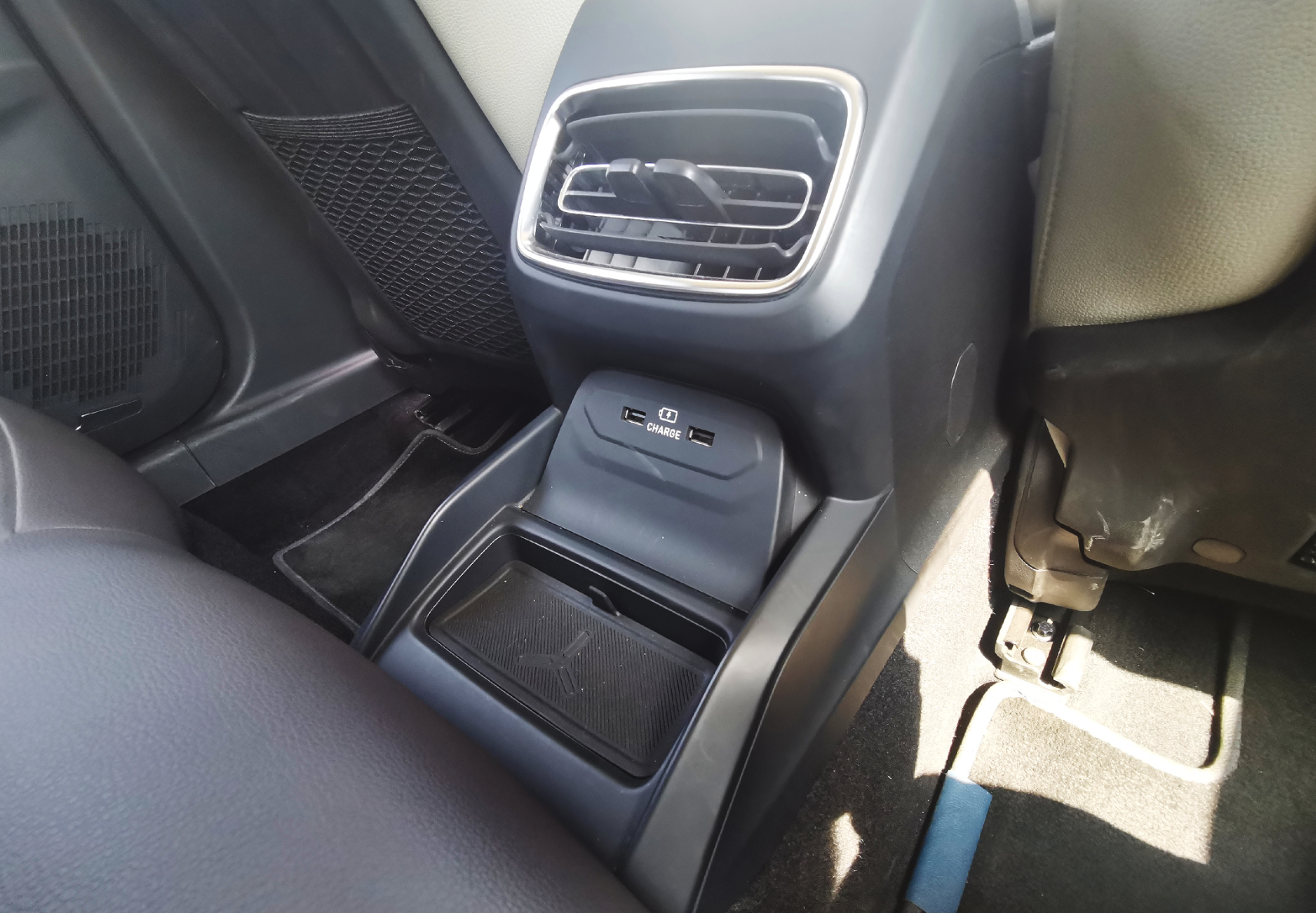
The benefit of this design is that no matter where the collision comes from, the battery pack in the center can be protected from deformation, reducing potential risks.
Speaking of the battery, this battery pack uses a ternary lithium battery from Xinhengrui, a subsidiary of Geely. They previously acquired LG’s battery technology.
This battery pack with a capacity of 9.4 kWh has a pure electric range of 51 kilometers. Frankly speaking, considering the positioning of PHEVs, if you have a charging pile at home, such a range can meet the needs of most of your daily use.
ConclusionThe test drive didn’t last long enough for a full experience of the car’s features, such as the car navigator, hybrid mode and sport mode, and driver assistance functions. However, overall, the driving experience of the Lynk & Co 02 PHEV is not much different from that of a gasoline car.
But the interior design and abundant configurations of the Lynk & Co 02 are standout features among its peers. Moreover, if you frequently require a Shanghai license plate and worry about range anxiety with pure electric models, the Lynk & Co 02 PHEV might be worth a try, especially considering the difficulty of obtaining a license plate in first-tier cities.
This article is a translation by ChatGPT of a Chinese report from 42HOW. If you have any questions about it, please email bd@42how.com.
